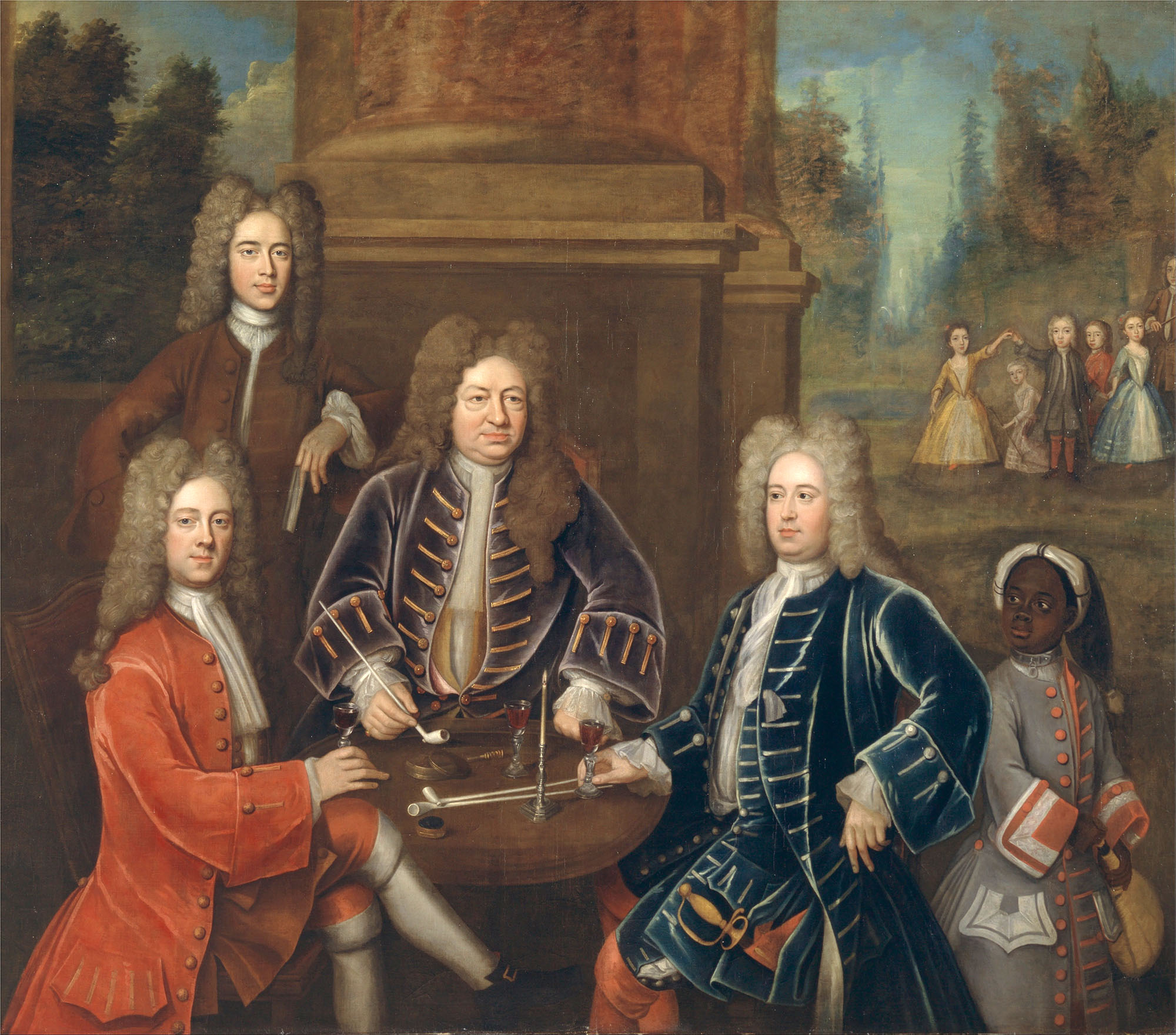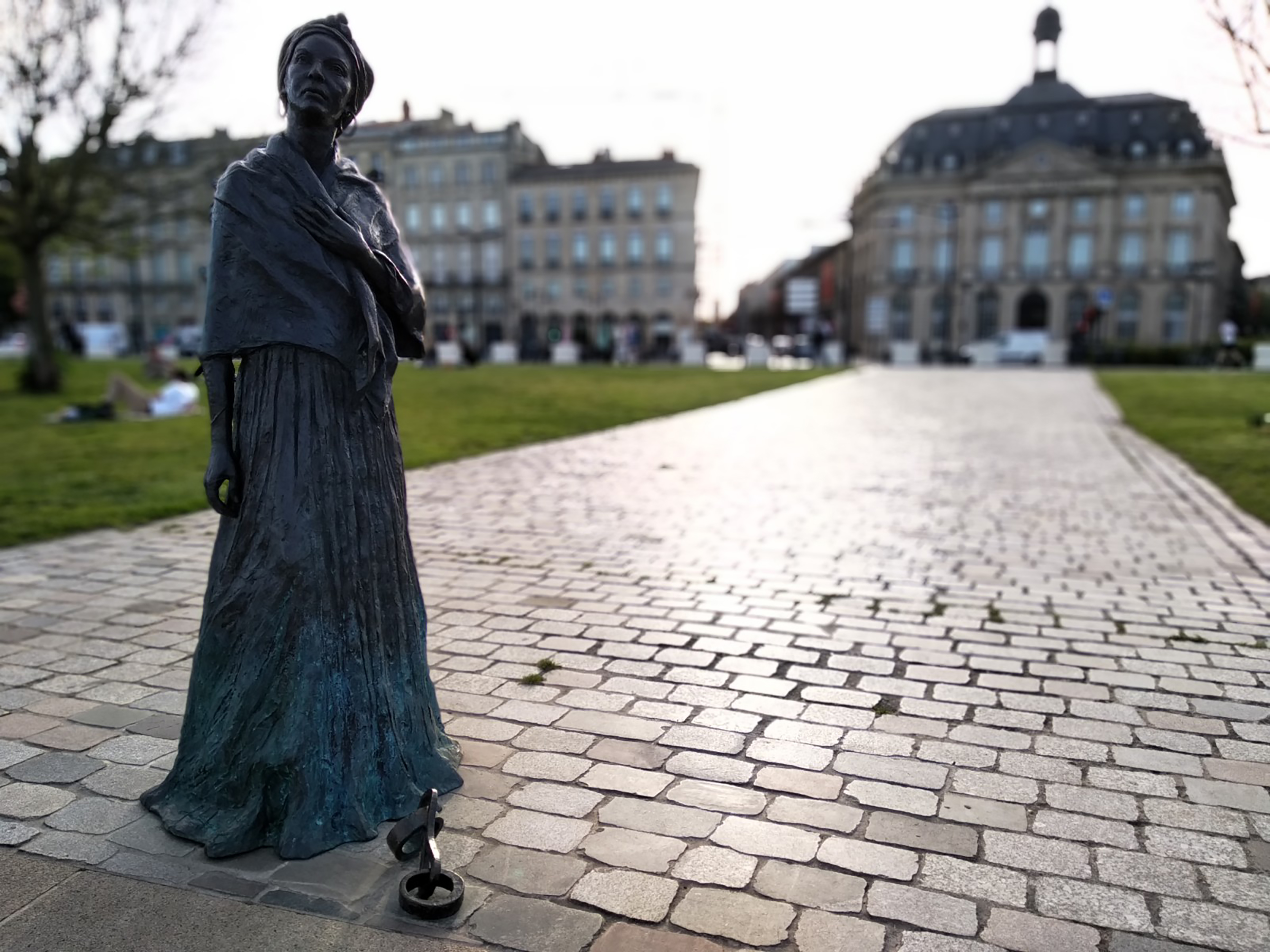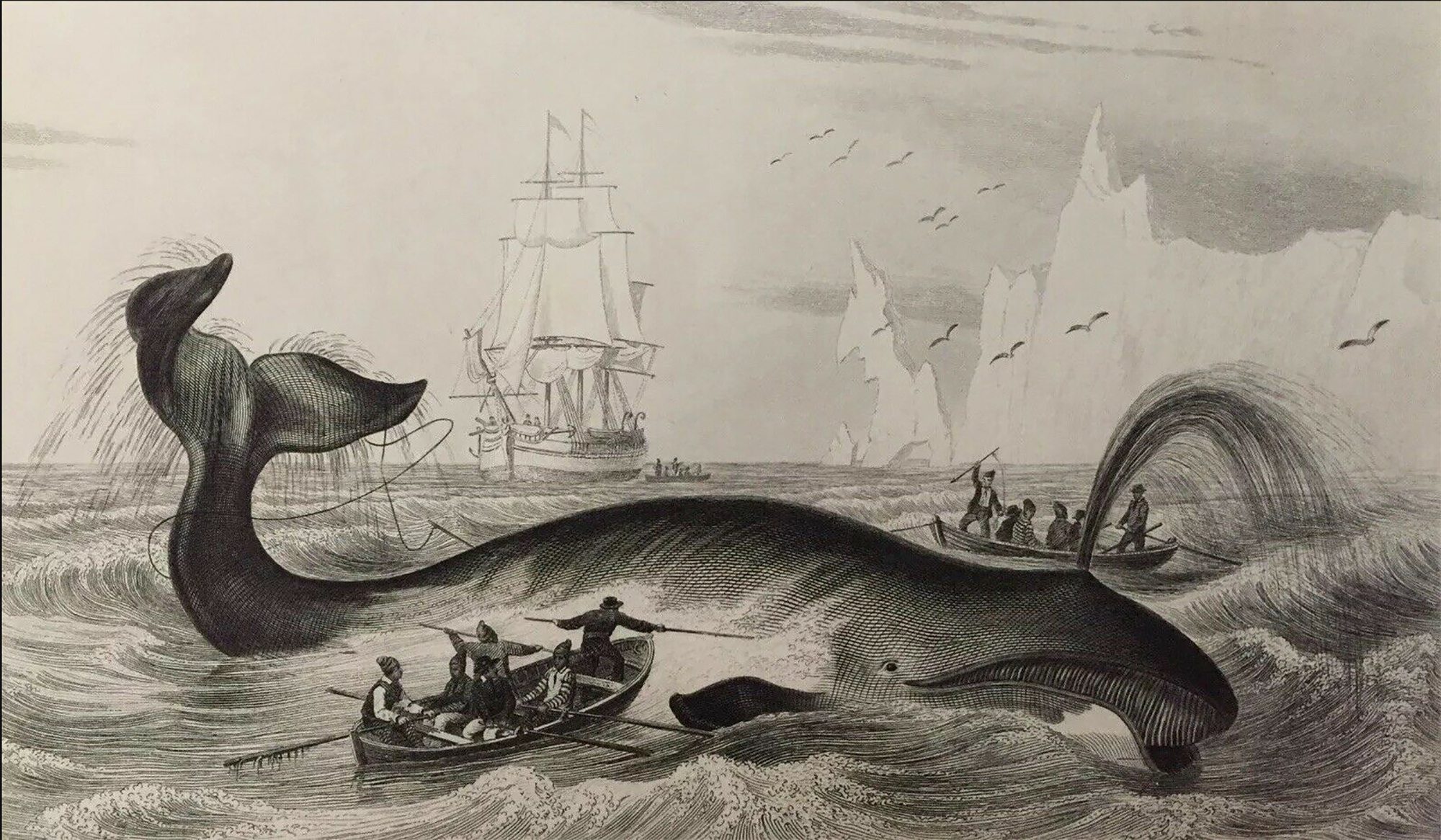Island of Basque Corsaries

Pilier Island, France, 1172. The monks of the Buzay Abbey decided to build a new abbey on a small plot of four hectares of the Loire River estuary. The small and isolated island offered the austerity and austerity that the Cistercians sought. But it seems that Pilier was more than fulfilling these principles, even for the Cistercians, and 33 years later they decided to move to another island called Nourmoutier, larger and more welcoming. Thus, the island was empty until the arrival of the Basque corsaries several centuries later.
The oldest news from the corsaries of the island of Pilier dates from 1545 and were expelled definitively in 1693. So several generations of Corsairs took refuge there, and most of them were Gipuzkoans. They built the fortress and the watchtower and from there they watched the boats that wanted to leave the Loire River to the high seas. The French crown sent several expeditions to clean up the island, but the strength of the Corsaries was inexpugnable in the century and a half.
They preferred zinc boats or small boats, because they were more useful on the French Atlantic coast, full of sand. The crew was composed of up to 80-100 members and had between 8 and 10 guns. They often used roams, as it allowed them to land on the beaches and paddle in the rivers. In addition, smaller packaging was cheaper.
They didn't spend much time in the water to save on food, gunpowder and other supplies. And they sailed alone or, at most, in pairs. In this way, if the spoils were obtained, the investment was recovered more quickly and had to be distributed less.
The French historian Émile Gabori (1872-1954) described the field of action of the Basque corsaries of Pilier: “On the coast of Brittany they used to act in Poitou. They went many times to the Loire and attacked everyone on the way. Every day they got some booty. They attacked the entrance of Morhiban and Breste, and destroyed Noirmoutier. They were hiding in Pilier, near Nourmoutier, where they built an observatory. (...) Until the end of the 17th century, his expulsion was not achieved.”
From the Mountain of Navarre, thousands of people took to America in the 19th century to survive in grazing or other activities. Historian Raquel Idoate recovers in her thesis the history of some 4,000 of them: how the trip was made, how they were invested in, roles about... [+]
We are in the most industrialized territory of the Basque Country, the Left Margin of the Ibaizabal, or the Ría de Bilbao, if you will. Here the fireplaces had ordered it once. But to feed them, we used not only coal, but also the sweat of thousands of workers, and even more,... [+]
The epic is built on the lives of many men and knowing that makes society more mature.” The writer Bibiana Candia is right. In Azucre (Pepitas de Calabaza, 2021) we are told the tragedy of the enslaved Galician migrants of the 19th century, but that story would have been... [+]
Despite the black skin and curly hair, they remained invincible men, with the intelligence and resentment of human beings.” So he wrote about the slaves CRL James in the book Jakobino Beltzak, who masterfully narrates the Haitian revolution. So many brutalities, torture and... [+]
If you manage to escape the multitude of tourists and look from the Concha railing to the Donostia pier, perhaps the imagination will accompany you in the time when it was an intense marine commercial city, in which the soundtrack of the gulls will accompany you. Perhaps you are... [+]
Killingworth (Connecticut, USA), 1701. They founded Collegiate School. In 1716 the new school was transferred to New Haven and two years later, in 1718, it was named Yale, one of the most prestigious universities in the United States and the world.
Businessman Elihu Yale... [+]
Julian de Zulueta esklabista arabarraren inguruko erakusketa ikusgai dago LABE espazioan.

























